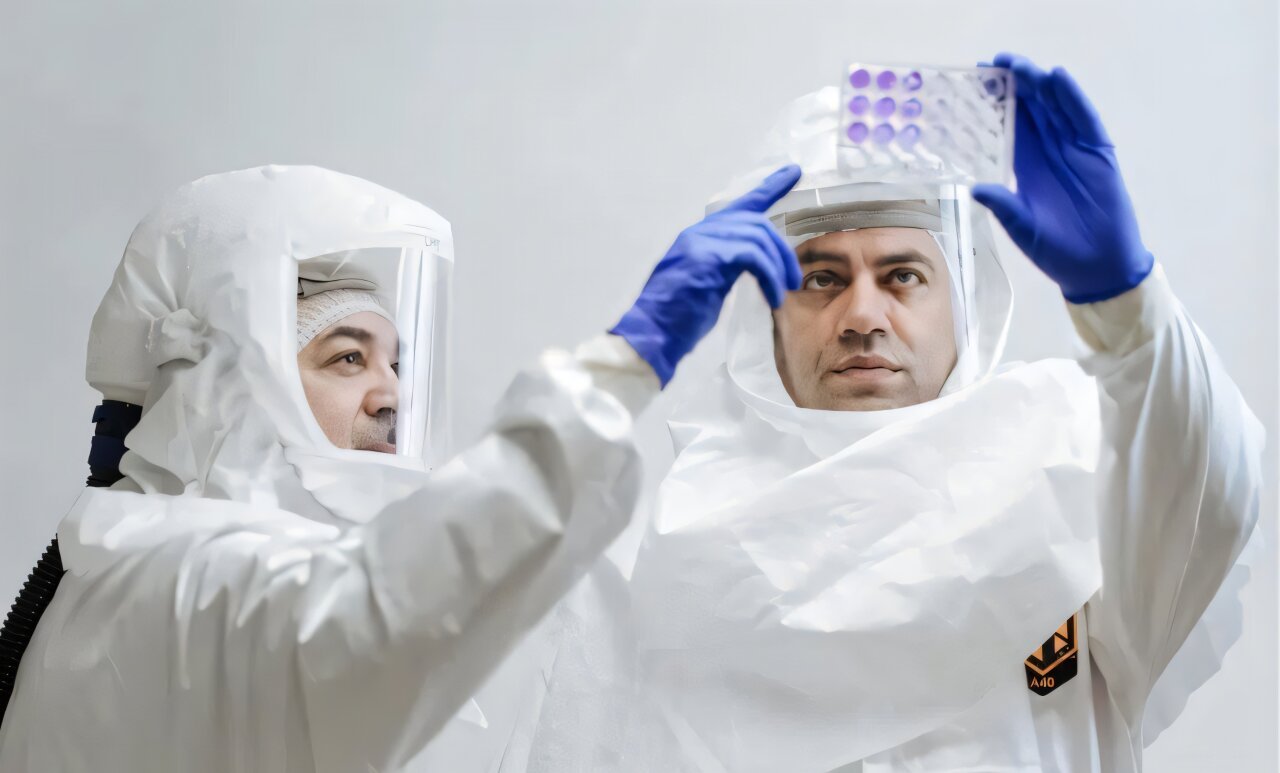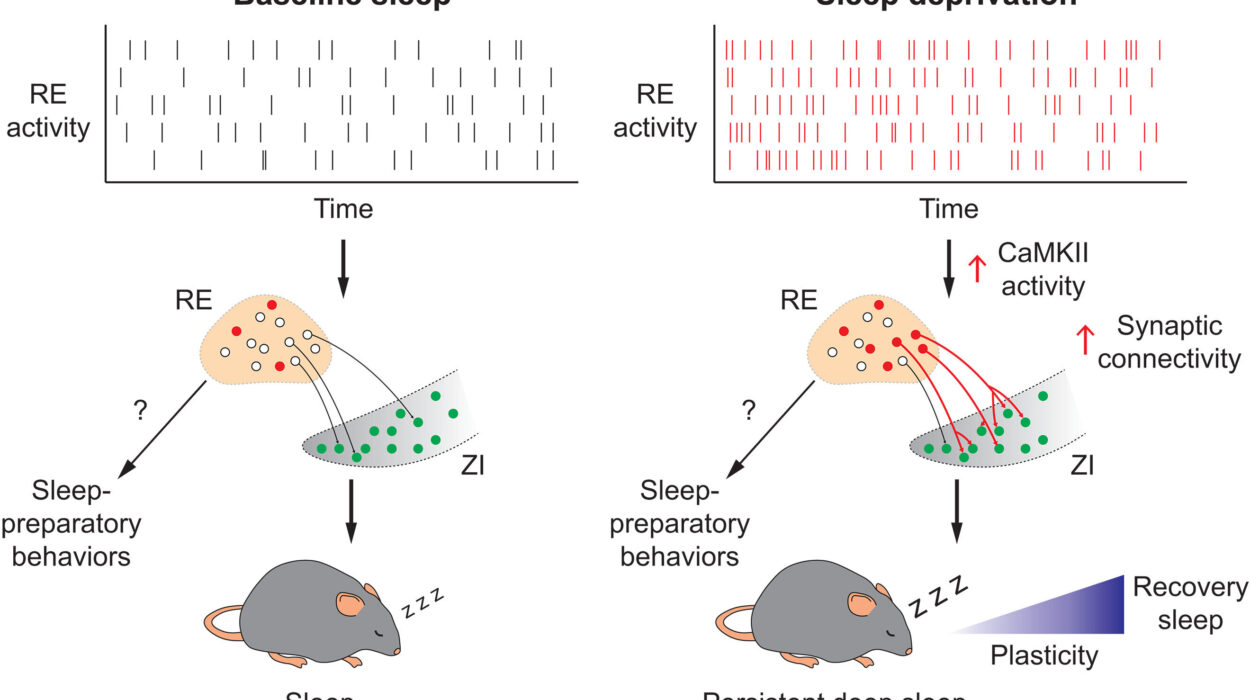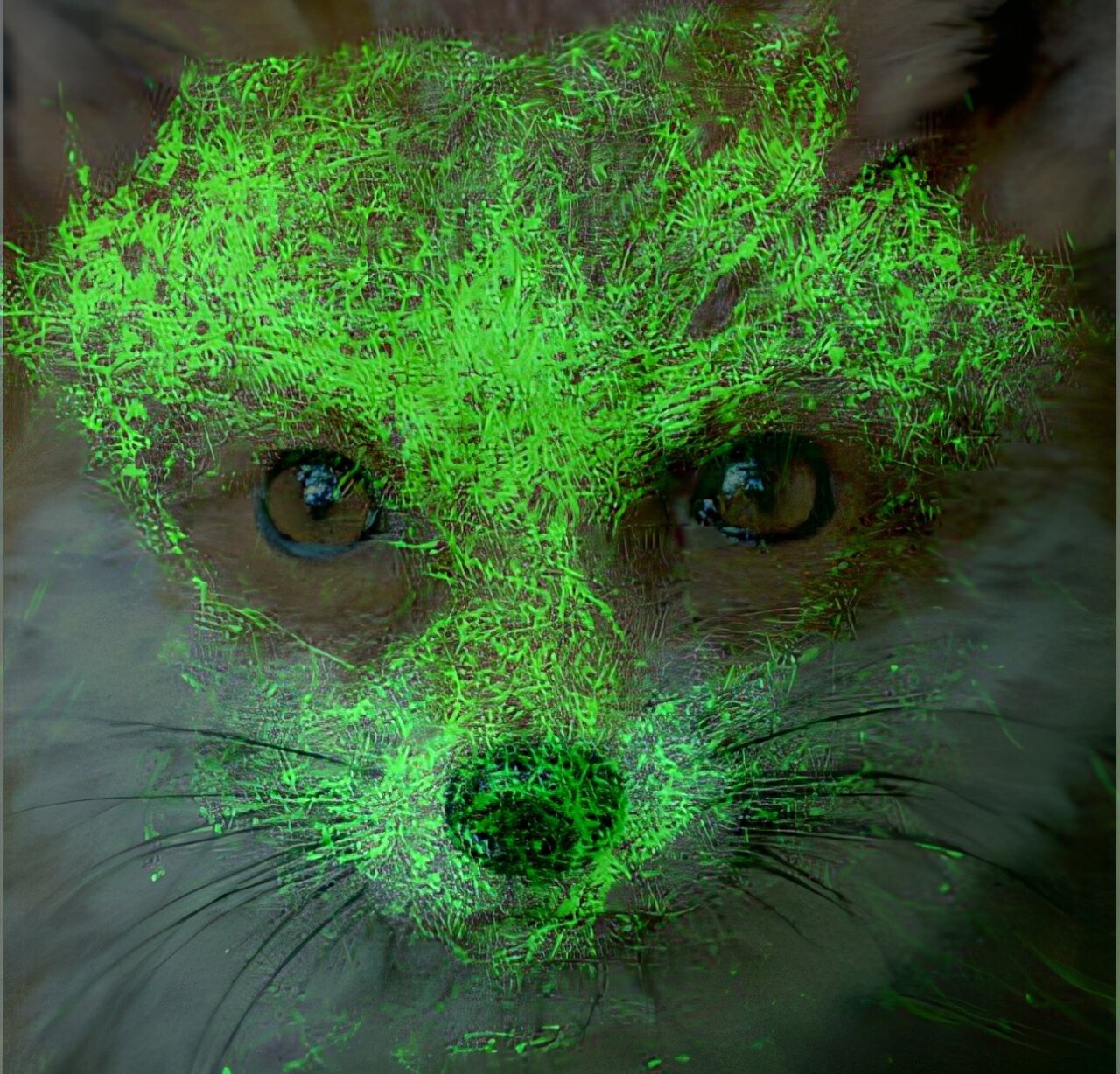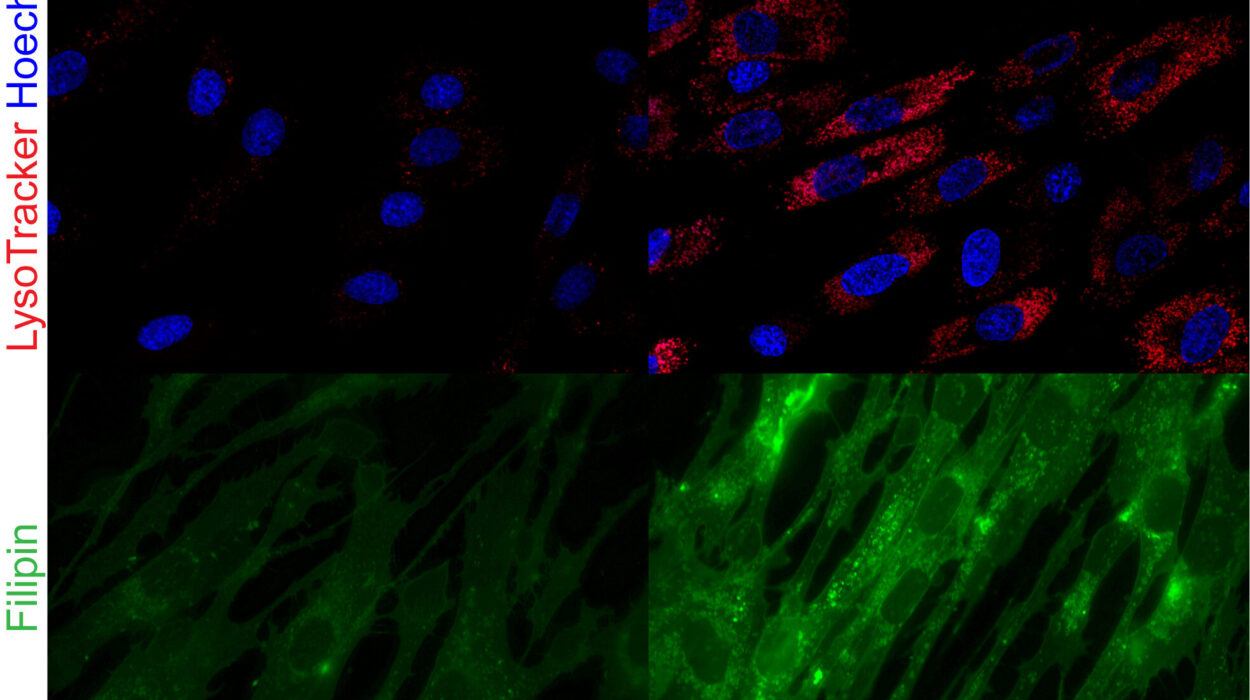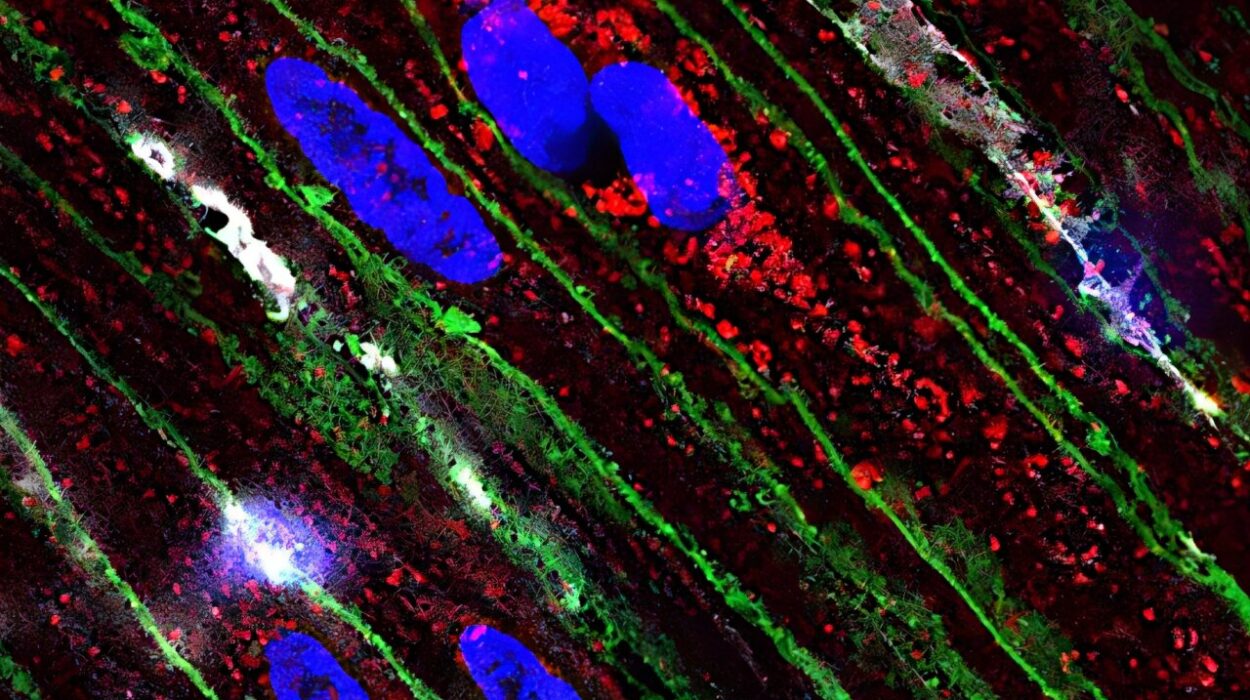A recent study conducted by researchers from the Texas Biomedical Research Institute (Texas Biomed) has uncovered significant findings regarding a strain of the H5N1 bird flu virus. For the first time, researchers have isolated and studied the virus from a human in Texas, discovering a unique set of mutations in the virus that enhances its ability to replicate in human cells and results in more severe disease in mice when compared to a strain found in dairy cattle. These findings, which were published in the journal Emerging Microbes & Infections, underscore growing concerns about the potential for H5N1 to mutate and potentially evolve into a virus that could spread more easily between humans.
The Unique Strain of H5N1 and Its Rapid Mutation
H5N1, a strain of bird flu typically found in wild birds and known for its lethal impact on chickens, has expanded its host range, now spreading to multiple mammal species. Its first recorded infections in dairy cows began in early 2024 and have since become widespread, infecting multiple herds across various states in the U.S. By early 2025, the virus had also infected numerous humans, with the majority of cases affecting farm workers. While many of these cases have been relatively mild, including symptoms like eye inflammation, there was an alarming death reported in January 2025, the first in the U.S. linked to H5N1 infection.
The key takeaway from this ongoing outbreak is how rapidly the virus has mutated after being introduced to new hosts, including dairy cows and humans. The mutations present in the human strain suggest an evolutionary adaptation that may allow the virus to replicate more efficiently in human cells. According to Texas Biomed’s Professor Luis Martinez-Sobrido, this rapid mutation raises alarms. “The clock is ticking for the virus to evolve to more easily infect and potentially transmit from human to human, which would be a significant public health concern,” he stated. His lab has been at the forefront of studying these emerging strains of H5N1 and is actively developing tools to assess potential vaccines and antivirals to counter future pandemics.
Comparing Human and Bovine Strains
In their latest study, the team compared H5N1 strains isolated from both a human patient and from dairy cows in Texas. The results were striking. They found nine mutations in the human strain that were absent in the bovine strain, strongly suggesting these changes occurred after the virus was transmitted to humans. These mutations are potentially responsible for the enhanced ability of the virus to infect human cells and its greater pathogenicity.
When testing these strains in mouse models, researchers noted significant differences in how the virus behaved. The human-derived H5N1 strain replicated much more effectively, causing more severe symptoms. Additionally, it was present in much higher quantities in the brain tissue of infected mice when compared to the bovine strain. These findings indicate that while H5N1 infections in cattle may be less harmful to humans, the mutation of the virus when it crosses species barriers could pose a substantial public health threat.
Despite the concerns surrounding these mutations, researchers found that these genetic changes did not significantly affect the virus’s susceptibility to several FDA-approved antiviral medications. “Fortunately, the mutations did not affect the susceptibility to FDA-approved antivirals,” noted Dr. Ahmed Mostafa Elsayed, a staff scientist at Texas Biomed and the first author of the study. This is reassuring because antivirals, like those used to treat influenza, would remain effective in treating the virus should an outbreak lead to a larger scale pandemic, before vaccines can be developed and widely distributed.
Dr. Martinez-Sobrido emphasized that antivirals are especially crucial in the early stages of a potential pandemic, particularly given that most people have no preexisting immunity to H5N1. Furthermore, since seasonal flu vaccines have shown little to no efficacy against the H5N1 strain, antiviral medications could be a key part of the response if H5N1 were to begin spreading more widely among humans.
Investigating the Role of Mutations and Future Work
The researchers are not stopping at the identification of these mutations in the human strain of H5N1. Texas Biomed’s team is now focused on dissecting the mutations one by one to determine exactly which ones are responsible for the increased virulence and the virus’s ability to replicate more efficiently. Their goal is not just to understand how these mutations affect human health, but also to explore why the virus behaves differently in various mammal species. For instance, they plan to investigate why the H5N1 strain appears to be relatively mild in cows, yet causes severe disease in felines, such as domestic cats, and other mammalian species.
Another key aspect the researchers aim to investigate is why infections from cows appear to be less harmful to humans compared to infections directly transmitted from chickens. By further exploring these differences, scientists hope to develop a clearer picture of how H5N1 evolves in different mammal hosts and whether these mutations could pave the way for more dangerous forms of the virus.
A Call for One Health and Precautionary Measures
In addition to investigating these viral mutations, Texas Biomed is calling for immediate action to protect both humans and animals. Dr. Elsayed and his team recently published a paper in mBio that highlights the importance of a “One Health” approach, which acknowledges the interconnectedness of human, animal, and environmental health. By using this approach, efforts can be made to prevent the spread of zoonotic diseases—diseases that can be transmitted between animals and humans.
A key recommendation from the team is to focus on eradicating H5N1 from dairy cows to reduce the risk of further mutations that could increase the threat to both animals and people. There is also a need for more stringent measures to quickly contain outbreaks in dairy herds, including thorough decontamination of milking equipment, rigorous quarantine requirements, and the rapid identification and culling of infected animals.
“The clock is ticking,” emphasized Dr. Elsayed. “By taking immediate steps now—such as eliminating the virus from cows—we can minimize the risk of mutation and reduce the likelihood of the virus jumping from cows to humans and other mammals.” His team’s ongoing work will be critical in identifying the most effective methods to prevent further transmission, and their findings will play a significant role in the global response to H5N1, should the virus continue to spread across the U.S. and beyond.
Looking Ahead
As the outbreak of H5N1 continues to evolve, researchers remain on high alert. Despite the relatively mild cases seen so far in humans, the possibility of the virus adapting to facilitate human-to-human transmission remains a concerning prospect. The unique mutations observed in the human strain emphasize how quickly bird flu viruses can evolve once they are exposed to new mammalian hosts, which could result in new, more dangerous strains emerging in the near future.
For now, antivirals remain one of the most promising lines of defense, and efforts to track mutations in the virus and develop targeted vaccines and treatments will be crucial in preventing a global health crisis. The rapid response and close monitoring of H5N1 outbreaks, particularly in animals such as cattle, will be essential to ensuring that the virus does not evolve into a more serious threat to human health.
The findings of Texas Biomed’s study also reiterate the importance of cross-disciplinary approaches and collaboration between public health organizations, veterinary researchers, and policymakers. Only through this united effort can we hope to prevent further mutation of H5N1 and, ultimately, mitigate the potential risks of a wider pandemic.
References: Ahmed Mostafa et al, Replication kinetics, pathogenicity and virus-induced cellular responses of cattle-origin influenza A(H5N1) isolates from Texas, United States, Emerging Microbes & Infections (2024). DOI: 10.1080/22221751.2024.2447614
Ahmed Mostafa et al, Avian influenza A (H5N1) virus in dairy cattle: origin, evolution, and cross-species transmission, mBio (2024). DOI: 10.1128/mbio.02542-24
Iván Sanz-Muñoz et al, Are we serologically prepared against an avian influenza pandemic and could seasonal flu vaccines help us?, mBio (2024). DOI: 10.1128/mbio.03721-24
